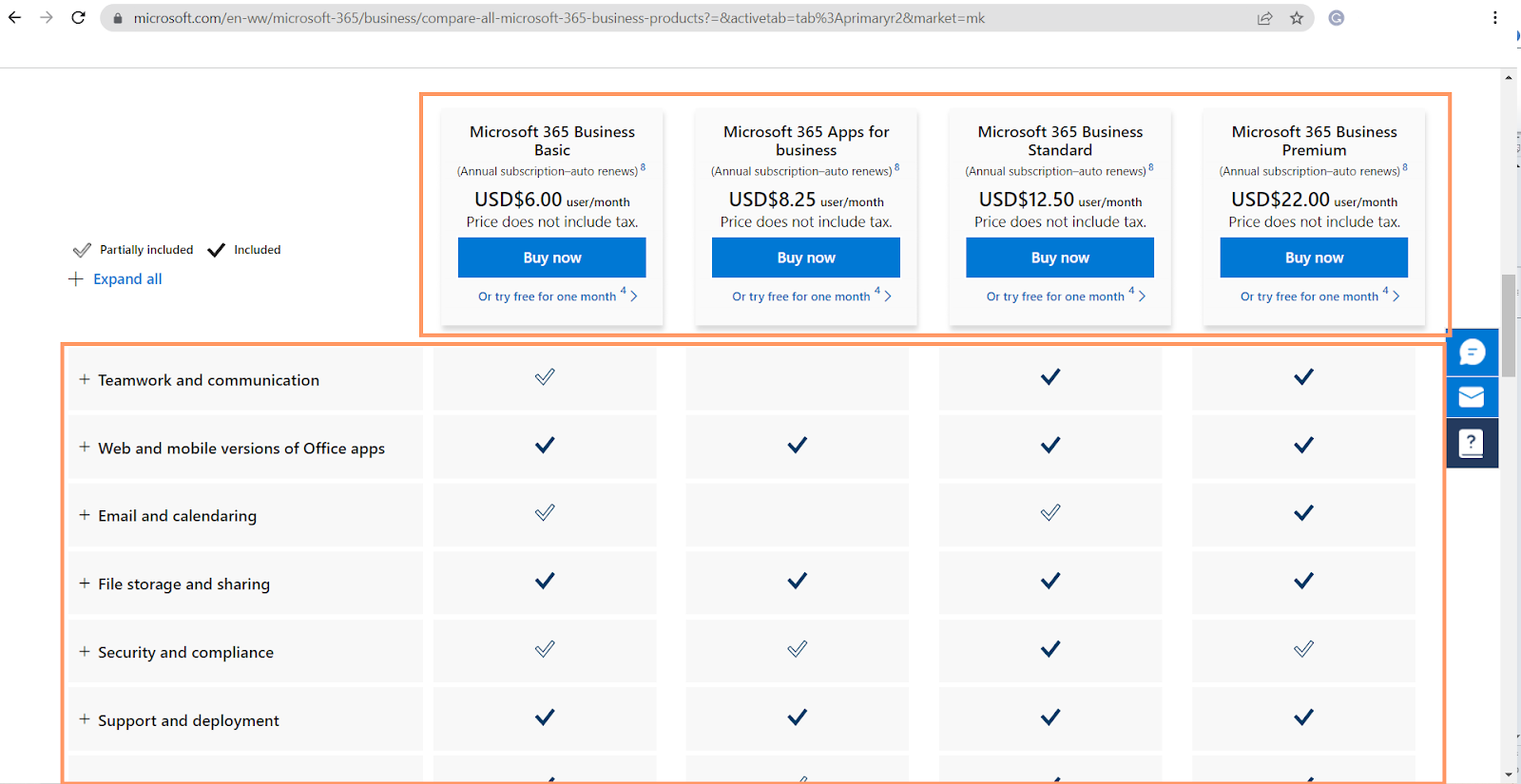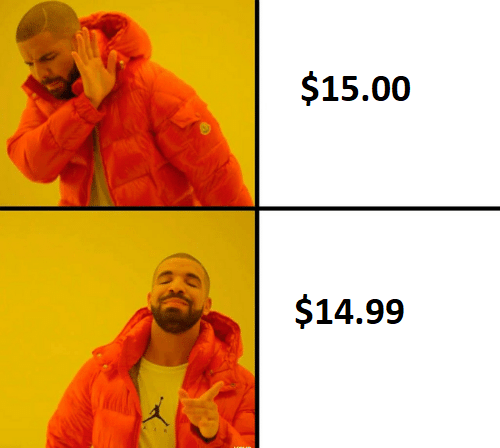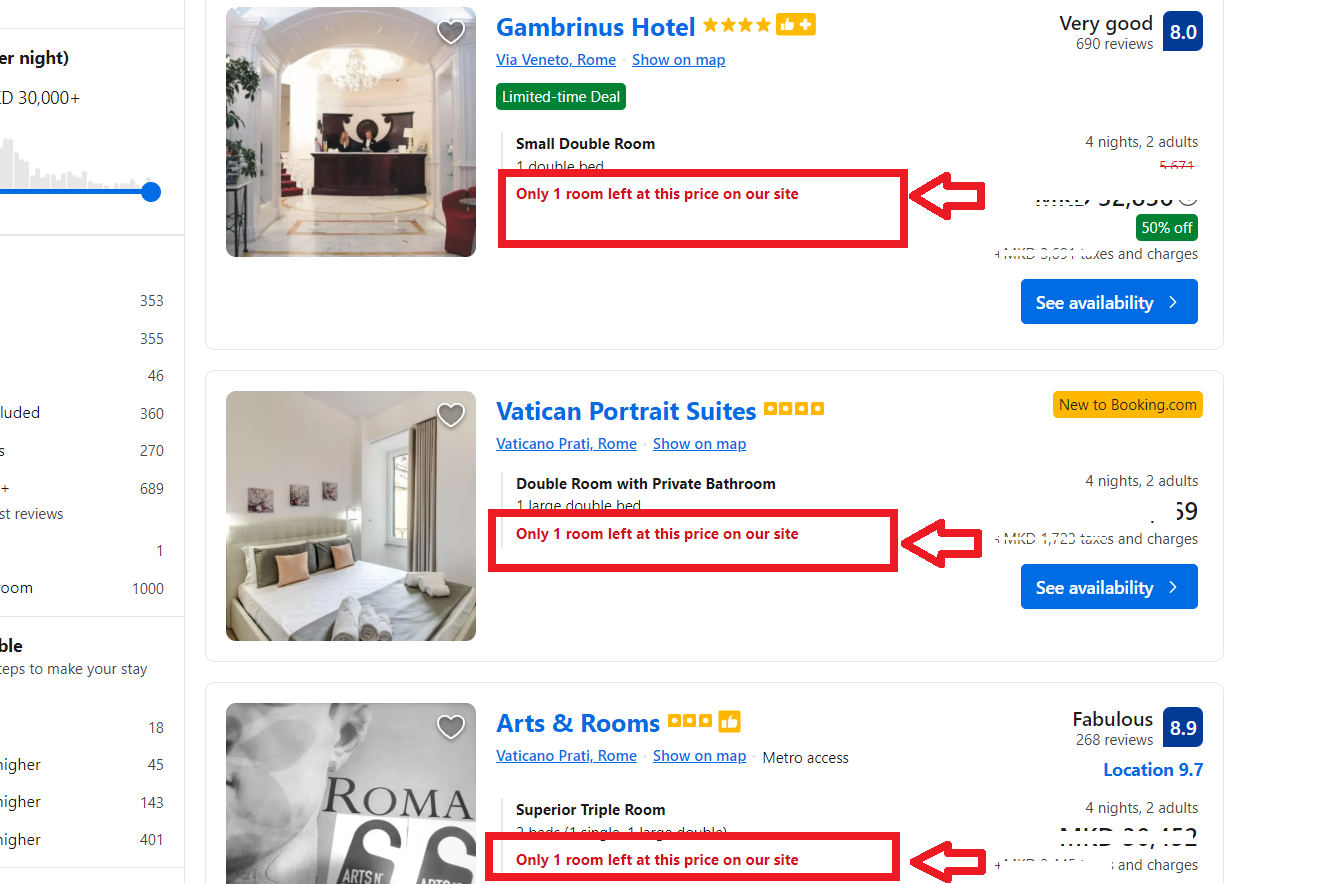How To Price Dropshipping Products: A Guide For Beginners
A well-planned pricing strategy can make or break a company. So, let us quickly go over the dropshipping pricing strategies.
Let me guess dear dropshipper, you work so hard to earn profits, and still see no success? Then you start overthinking where the problem is.
Whether is it the marketing strategy, maybe the wrong product niche, or maybe it’s you?😕 Should you find someone to review your store?
No, No, and No! But, I understand your concerns, because I’ve been there, so don’t worry!
The answer to your “profit problem” may lay in the perfect dropshipping pricing strategy for your business.
In this article, you will learn about what a dropshipping pricing strategy is, various pricing strategies you can use, how to choose the ideal price and how to price dropshipping products, the best way to round your product’s price, and what is a good profit margin, and much more!


Table of Contents
- What Is A Pricing Strategy?
- Dropshipping Pricing Strategies To Have In Mind
- How to Determine The Best Price For My Dropshipping Products?
- The No. 1 Tool for all dropshippers – now with AI
- Example of How To Price Dropshipping Products
- What Is A Good Profit Margin In Dropshipping?
- Pricing Tips From 6-figure Dropshipping Sellers
- Conclusion
What Is A Pricing Strategy?
Pricing strategy is a methodological approach that answers your question: How to price my dropshipping products?
It is an indicator to potential customers about how much you appreciate your brand or product.
Hence, it’s one of the first things that can sway a customer’s decision to buy your product or not. As such, it should be calculated precisely.
A pricing strategy considers segments, ability to pay, market conditions, competitor actions, trade margins, and input costs.
Dropshipping Pricing Strategies To Have In Mind
Below I will discuss a few most common strategies that lead dropshippers to success. So let’s start!
🔸 Cost-Based Pricing
In this pricing strategy, first, I simply calculate total business costs, second, I add on the given profit margin, then I calculate the selling price.
1. Calculating costs (expenses) – in this calculation, you need to include your dropshipping expenses, like:
- Salaries and payments
- Sourcing products
- Platform fees
- Shipping
- Returns and refunds
- Bank and processing fees
- Software etc.
2. Profit margins – when setting profit margins, first you think about making your products buyable! Here the balance is a win-win! Don’t set them too high and deliver high prices, this is a lose-lose situation, and don’t set them too low, this also is a lose-lose situation! You can read more about profit margins below in this post.
✏️Note: This strategy leads to lower awareness of the market, so think twice before you choose it, maybe you should choose a strategy where you pay more attention to analyzing the market.
🔸 Fixed Markup on Cost
There are two strategies you can consider using:
🔸 Fixed dollar markup strategy – A fixed dollar markup simply means that you add a specific dollar amount to the product’s price at your supplier.
For example, let’s say that the product already costs you $5, you set a $10 profit margin per sale, so this will make the retail price for your product $15, and by this, you can cover your business expenses.
🔸 Fixed percentage markup strategy- with this strategy you set your product’s retail price at a certain percentage of your purchase price.
✏️ Note: When using this strategy, it’s for your best to go with higher profit margins, like 3x(300%).
For example, let’s say that you purchased the product for $5, when you apply your profit margin to your supplier price, you get a $15 retail price. In order, for the price not to look high in the eyes of customers, you use a rounding price, like $14.99, and Bam 💥, you gain sales!
🔸 Tiered markup on cost
Tiered markup on cost is a pricing strategy that is most commonly used when the supplier has a variety of products ranging in value from low to high.
ANSWERED: How Many Products Should I Start With When Dropshipping With Shopify?
It allows you to avoid overpricing your expensive items while also profiting from your low-cost items.
You can create tiers or levels for your items so that items under $10 have a higher markup, let’s say 50%, while items between $300-500 have a lower markup, like 15%. You can even have multiple tiers.

🔸 Manufacturer Suggested Retail Price (MSRP)
MSRP is another common strategy used by smaller retail shops to avoid price wars while still making a decent profit. It is a very suitable strategy for dropshipping beginners, where, you set your prices best on suppliers’ given recommendations.
👉 Learn How To Connect a Dropshipping Supplier to Your Store?
🔸 Psychological Dropshipping Pricing Strategy
Psychological pricing strategy lies in the “odd-pricing” method, where you set prices lower than the real price, using cents ending values, 5,7, or 9. For example, instead of setting your price at $15, set it as $14.99, or $14.95.

Maybe your first thought about this is like, “Okay, it’s the 21st century and everybody knows it”, but believe us, it works!
✏️ Note: If you realize that your competition has a lot of products listed with prices of 99 or 95 cents, you can consider lowering it to 85 or even 55, you may gain extra sales just for a few cents low.
🔸 Bundle Pricing
Bundle pricing refers to giving a sales promotion to your customers, like, as customers can buy your product and a different matching product and get a discount for both.
For example, “buy one, get the second piece for free”, or “buy all three pieces and get a 40% discount”.
This strategy can also be a way to lower your product’s retail price.
🔸 Penetration Pricing
It may be a smart move for you as a ‘fresh dropshipper” to the market to lower your prices below the competitors to quickly gain market share. After you build brand awareness and result in an increased customer base, you can set your prices higher step by step.
👉 Read my Supliful Review: Is It Good For White Label Dropshipping?
How to Determine The Best Price For My Dropshipping Products?
Like my grannie used to say,” for every pot, there is a suitable lit”.😀 This is what popped up to me when I wrote this heading right above.
For every product niche, there’s a suitable dropshipping pricing strategy, and for every business and type of product as well.
Since all of them rely on a specific market or target audience, etc. So be free to experiment, even if you don’t succeed at the beginning.
Your best chance of profitability may rely on you:
- First, get to know your customers and their buying behavior and habits,
- Then, do not forget to analyze your competitors, but also don’t copy them!
- Determine the nature of your costs, whether they are fixed and who are they, which one is variable, and how they vary.
- Determine the perceived value your product delivers, Is it worth paying for?
These factors might help you when determining the best price for your dropshipping products. For example, some dropshippers play around with prices like:
▪️ For product prices varying from $0.99-$4.99, they set the selling price at $19.99
▪️ For product prices around $4.99-9.99, they set selling prices around $29.99
As you can see, they give a lot of emphasis on using psychology prices and they find it successful.
Also, you can realize that they use 3X profit margins. These are usually businesses that have a lot of variable costs, so in this way, they secure their profits. Others use bundling pricing and most businesses that sell skincare and beauty products.
As you can see, it is like that, “for every pot there is a suitable lit”.
What I wanted to recommend to you, and I think is equally important is that lower revenues do not always mean lower profits! So stop chasing revenues, but chase your COGS, they might be more important!
Example of How To Price Dropshipping Products
Let me give you an example.
Let’s assume that the maximum revenue for your product is $20, and you will sell 60 pieces at this price. Also, let’s assume that your variable costs are high, and your COGS (Costs Of Goods Sold) is $14. So let’s do the maths:
Revenue: $20 * 60 pieces = $1.200
COGS: $14 * 60 pieces = $840
Profit: $1.200 – $840 = $360
Now, let’s assume that you have raised your prices by 10%. This means that your selling price will rise from $20 to $22.
Also, in another scenario, let’s say that as a result of this your sales decreased, and you will see a 10% decrease in sold pieces. This means you will sell 54 pieces instead of 60. All other remains the same. Let’s do the math now:
Revenue: $22 * 54 = $1188 COGS: $14 * 54 = $756
Profit: $1188 – $756 = $432
Your revenue has decreased by $12, but your profit increased by $72. Are we on the same road now?
So, always try to determine a price from which you will gain maximum profit and not maximum revenue!
What Is A Good Profit Margin In Dropshipping?
And yet here I come to one of the most popular questions, What is a good profit margin for my dropshipping products?
And you are question is right because profit margins play a big role here, they indicate how much of your total sales your business keeps.
So to be realistic, I should start talking about the average profit margin, that most dropshippers get.
The average dropshipping profit margin is around 15% and 20%. But, this depends on the dropshipping niches you choose, and the average cost of your products too.
To get the best out of your dropshipping product sales, I recommend you aim for a profit margin even higher than 20%.
However some dropshippers have profit margins of 100%, or even up to 300%, and this in most cases depends on what prices you get from your suppliers, and of course your variable costs.
You can also read more about how to calculate your profit margins by yourself, or if you want you can use our Profit margin calculator tool.
If you are interested in any tips and advice on how to increase your profit margins, I recommend you read this article.
BONUS: Top 10 Products To Dropship In September 2024
Pricing Tips From 6-figure Dropshipping Sellers
Here is a list of additional pricing tips for you to consider using to enhance your dropshipping pricing strategy:
1. Experiment and Adjust Your Prices Up and Down
In the dynamic world of dropshipping, pricing is not set in stone. Successful sellers often experiment with different price points, observing customer reactions and market trends.
For example, if you’re selling a popular gadget, try testing a slightly higher price to see if customers perceive it as a premium item. Conversely, during special promotions, consider lowering prices to attract bargain hunters. Regularly adjusting your pricing based on real-time feedback can fine-tune your revenue strategy.
2. Leverage the Power of “FREE”
The word “FREE” holds a magnetic appeal for customers. Incorporating this term strategically can enhance your product descriptions and marketing materials.
For example, offer free shipping for orders over a certain amount or bundle a complimentary accessory with a purchase. This not only attracts attention but also provides customers with perceived added value, influencing their purchasing decisions positively.
3. Implement Cross-Selling Pricing
Encourage customers to explore additional products by implementing cross-selling pricing strategies. Bundle complementary items together at a slightly discounted rate when purchased as a package.
For instance, if you’re selling fitness equipment, offer a package deal that includes a yoga mat with a set of resistance bands. Or, if you’re dropshipping books, you can always inform your customers about related books in a certain genre. 👇

This approach not only boosts the average order value but also enhances the overall shopping experience.
4. Opt for Lower Discounts
While discounts can attract customers, offering excessively high discounts may impact your profit margins.
Instead of focusing on steep percentage discounts, consider value-added promotions, such as buy-one-get-one-half-off or tiered discounts for larger orders. This way, you maintain perceived value while protecting your profitability.
5. Create a Sense of Urgency
Incorporate urgency-inducing language to prompt quicker customer actions. Thus, phrases like “Limited Stock,” “Last One in Stock,” or “Flash Sale” create a sense of scarcity and encourage customers to make prompt purchasing decisions. This psychological trigger taps into the fear of missing out (FOMO), prompting potential buyers to act swiftly before the opportunity vanishes.
For example, this strategy is pretty familiar at WizzAir, and Booking. For example, check this out. 👇

By integrating these pricing tips into your dropshipping strategy, you can create a more dynamic and effective approach that aligns with customer behavior and market dynamics.


Conclusion
Pricing your products may be a very challenging thing, but if you are far away from reading this conclusion, you are one step ahead of many other dropshippers that think, that it is the right way to just copy prices from competitors.
To sum all this up, I can realize, that it’s very important to keep track of your COGS, and all other business costs that your dropshipping business has. Another thing is that Profit margins are a very important thing!
So keeping them around 20% and a bit higher might be a smart move!
To find the perfect and suitable strategies for your dropshipping business you need to know the dropshipping niche very well, and examine a lot of aspects, like target audience, perceived value your dropshipping products deliver price elasticity, etc.
And of course, as a help to you, I offer you some of the best dropshipping strategies to choose from, and more pricing tips to include to give a little more spark to your chosen dropshipping pricing strategy.













![The Top 21 3PL Companies Compared [2024 List & Guide]](https://images.weserv.nl/?url=https://prod-dropshipping-s3.s3.fr-par.scw.cloud/2024/03/Frame-3922469.jpg&w=420&q=90&output=webp)